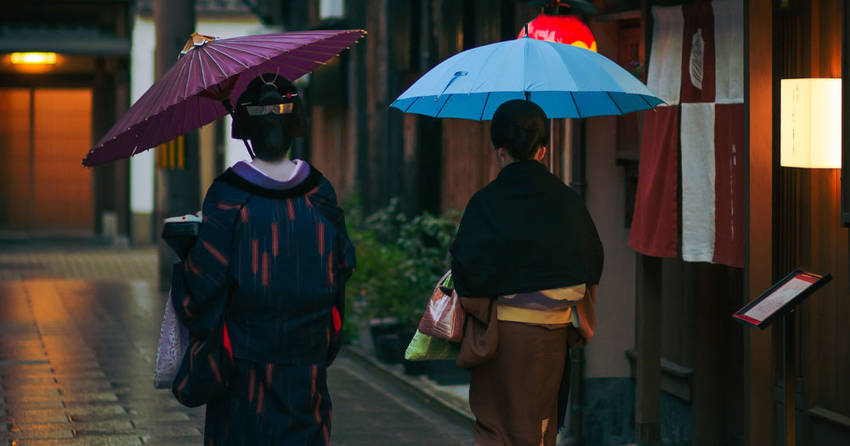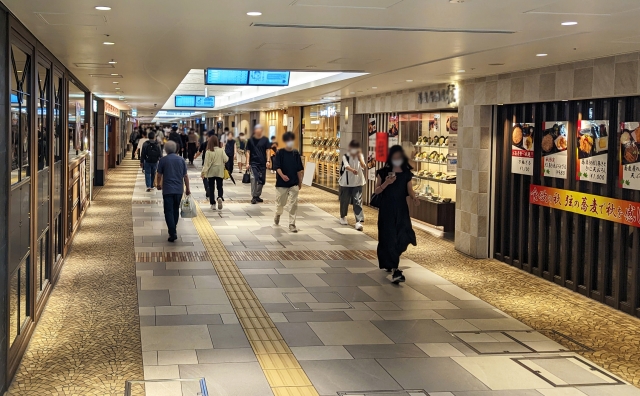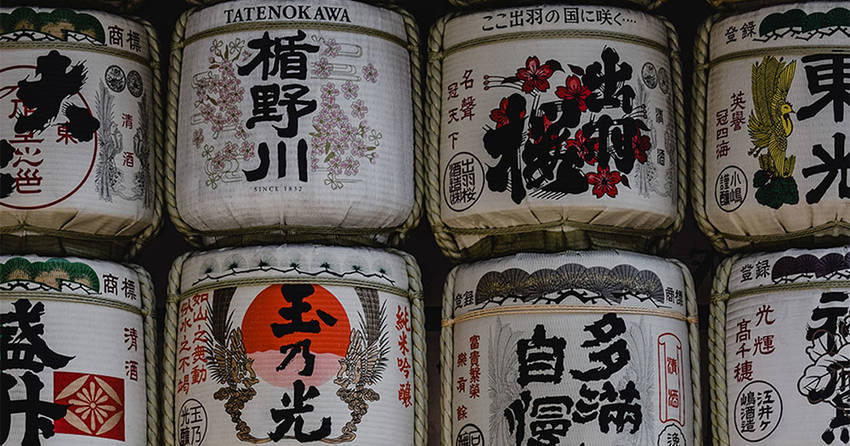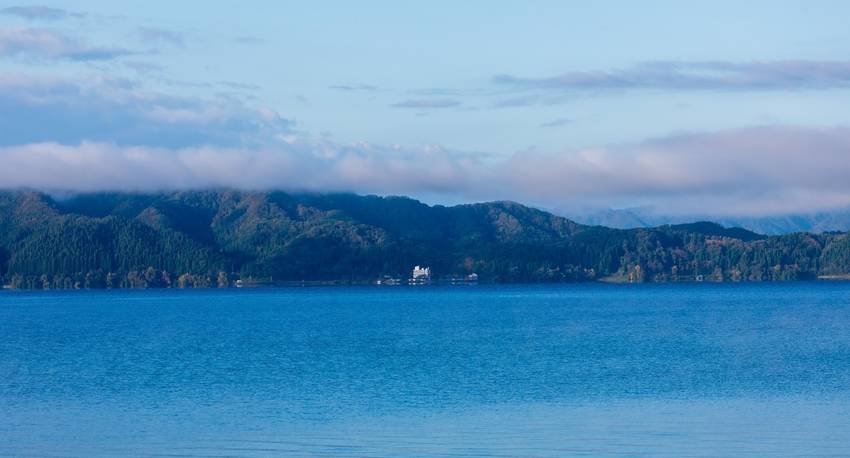その
1.
2. ポップカルチャー
アニメ、
3.
4.
5.
Why should you visit Japan?
*This text was AI-generated.
There are many interesting things about Japan, but one of the most fascinating things is the country's unique blend of ancient tradition and modern technology. Japan has a rich cultural heritage that spans thousands of years, with traditional arts, crafts, and practices that have been passed down through generations. At the same time, Japan is also a world leader in technology and innovation, with cutting-edge advancements in fields such as robotics, electronics, and transportation.
Here are a few other interesting things about Japan:
1. Food: Japanese cuisine is renowned for its freshness, healthiness, and exquisite presentation. From sushi and sashimi to ramen and udon, Japanese food has a wide variety of flavors and textures to satisfy any palate.
2. Pop culture: Japan has had a major influence on popular culture around the world, with anime, manga, video games, and fashion all originating in Japan. These forms of pop culture have gained a large following globally, with anime and manga in particular having a huge fan base.
3. Natural beauty: Japan is a country of stunning natural beauty, with majestic mountains, pristine beaches, and lush forests. From Mount Fuji to the cherry blossoms in spring, there is always something to see and admire in Japan's natural landscapes.
4. Traditional arts: Japan has a long history of traditional arts, including calligraphy, flower arranging, tea ceremony, and martial arts such as karate and judo. These arts are still practiced and celebrated today, and many visitors to Japan seek out opportunities to experience them firsthand.
5. Social customs: Japan has a unique set of social customs and etiquette that are different from those in many other countries. From bowing to gift-giving, these customs are deeply ingrained in Japanese culture and are fascinating to observe and learn about.
Overall, Japan is a country full of fascinating cultural, technological, and natural wonders that make it a fascinating place to visit and explore.
sign up for the Japanese-Online Newsletter
__..-・**・-..__..-・**・-.._ あいうえお かきくけこ さしすせそ たちつてと なにぬねの はひふへほ まみむめも やいゆえよ らりるれろ わゐうゑを ん __..-・**・-..__..-・**・-.._
#JapaneseOnline #LearningJapanese #FreeJapaneseLessons #JapaneseVideoLearning #JapaneseAnime #Anime #JapaneseFood #Bloguru






